Benvida Film Coated Tablet 200 Mg
Benvida Tablet 200 Mg, with its active ingredient lakozamid, plays a crucial role in the treatment of epilepsy. This comprehensive guide aims to shed light on it’s mechanism, usage, potential side effects, and more.
| Dosage form | |
|---|---|
| Pack size | |
| Potency | 200 Mg |
| Manufacturer | |
| Origin | |
| Generic Name (Ingredient) | In Each Film-Coated Tablet: Lakozamid 200 Mg |
Assuming your emergency circumstances for this product, visit Urgent Quotation page. Besides, for any pharmaceutical questions, please ask us in the comments section.
Description
Epilepsy is a neurological condition characterized by recurrent seizures. Benvida steps in as a valuable resource in epilepsy management. While it doesn’t provide a cure, it effectively controls seizures, enhancing the quality of life for individuals grappling with this condition.
Indications: Who Can Benefit?
Benvida Tablet 200 Mg extends its therapeutic reach to individuals aged 17 years and older experiencing partial-onset seizures. It stands as a versatile option, suitable for use both as monotherapy and adjunctive therapy alongside other epilepsy medications.
Dosage
The administration of Benvida Tablet 200 Mg adheres to a specific dosage regimen, ensuring optimal therapeutic outcomes. Commencing with an initial dose of 100 mg twice daily (200 mg per day), the dosage is then progressively increased by 50 mg twice daily (100 mg per day) on a weekly basis. This incremental approach continues until a recommended maintenance dose ranging from 150 mg twice daily to 200 mg twice daily (300 mg to 400 mg per day) is achieved.
Side Effects
While Benvida Tablet 200 Mg offers respite to many, it’s essential to be vigilant about potential side effects. Any adverse reactions should be promptly discussed with a healthcare professional. Additionally, it’s important to note that this medication may, in some cases, carry a risk of addiction, particularly if there’s a history of substance use disorder.
Distinguishing Benvida from Other Epilepsy Medications
Epilepsy management boasts a spectrum of medications beyond Benvida. Common alternatives include Lamotrigine (Lamictal), Carbamazepine, Valproate, and Lamotrigine, among others. These medications operate by regulating irregular brain signals.
Individualized Treatment Selection
The choice between Benvida and other epilepsy medications hinges on several variables, including age, gender, epilepsy type, concurrent medications, and unrelated medical conditions. Given this complexity, it’s paramount to engage in a dialogue with a healthcare provider. Their expertise ensures that treatment aligns with individual needs and circumstances.
Balancing Benvida with Meals
Benvida Tablet 200 Mg offers versatility in administration, allowing consumption with or without food. However, the precise instructions of your healthcare provider or pharmacist should be diligently followed. For further clarification or concerns regarding it’s administration, a consultation with your healthcare provider is advisable.
Conclusion
In the realm of epilepsy management, Benvida Tablet 200 Mg stands as a stalwart companion. With lakozamid as its active ingredient, it significantly reduces the frequency and intensity of seizures, empowering individuals to lead fulfilling lives. As with any medication, side effects and individual suitability require careful consideration. Consulting a healthcare professional ensures that Benvida aligns seamlessly with your epilepsy management plan.
At a glance
| Attribute | Information |
|---|---|
| Active Ingredient | Lakozamid |
| Primary Use | Epilepsy Treatment |
| Indicated For | Patients 17 years and older with partial-onset seizures |
| Dosage Recommendation | Initial dose of 100 mg twice daily, increased weekly to 150 mg to 200 mg twice daily |
| Administration | Orally, with or without food |
| Side Effects | Consult a healthcare professional |
| Food Compatibility | Can be taken with or without food |
Use the form below to report an error
Please answer the questions as thoroughly and accurately as possible. Your answers will help us better understand what kind of mistakes happen, why and where they happen, and in the end the purpose is to build a better archive to guide researchers and professionals around the world.
The information on this page is not intended to be a substitute for professional medical advice, diagnosis, or treatment. always seek the advice for your physician or another qualified health provider with any questions you may have regarding a medical condition. Always remember to
- Ask your own doctor for medical advice.
- Names, brands, and dosage may differ between countries.
- When not feeling well, or experiencing side effects always contact your own doctor.
Cyberchondria
The truth is that when we’re sick, or worried about getting sick, the internet won’t help.
According to Wikipedia, cyberchondria is a mental disorder consisting in the desire to independently make a diagnosis based on the symptoms of diseases described on Internet sites.
Why you can't look for symptoms on the Internet
If diagnoses could be made simply from a textbook or an article on a website, we would all be doctors and treat ourselves. Nothing can replace the experience and knowledge of specially trained people. As in any field, in medicine there are unscrupulous specialists, differences of opinion, inaccurate diagnoses and incorrect test results.

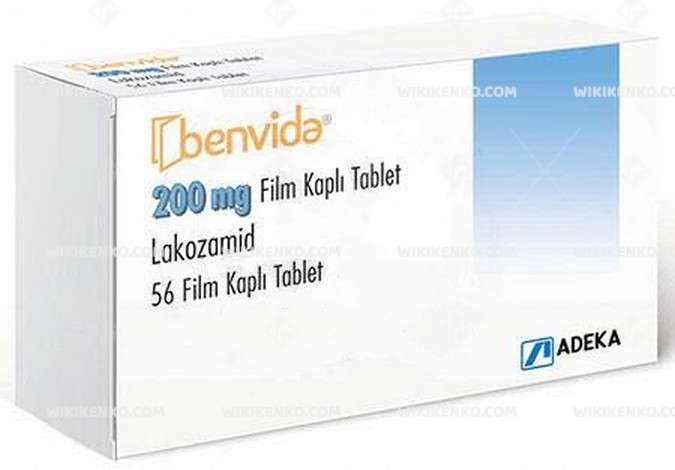
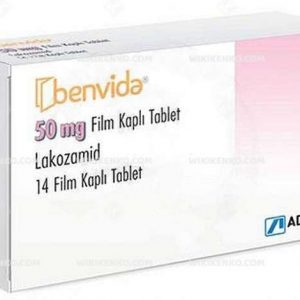
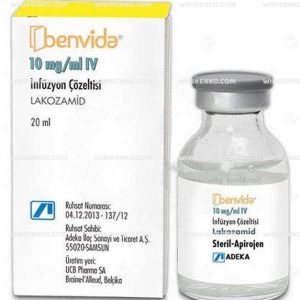
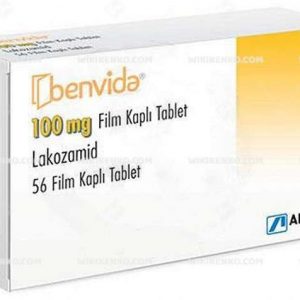
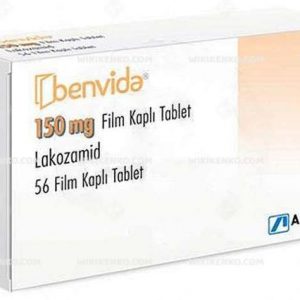

Reviews
There are no reviews yet.